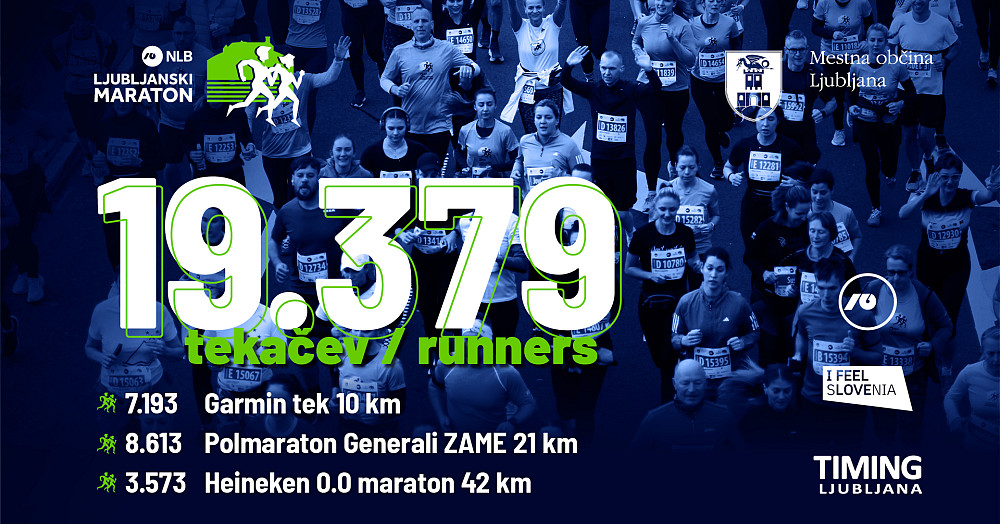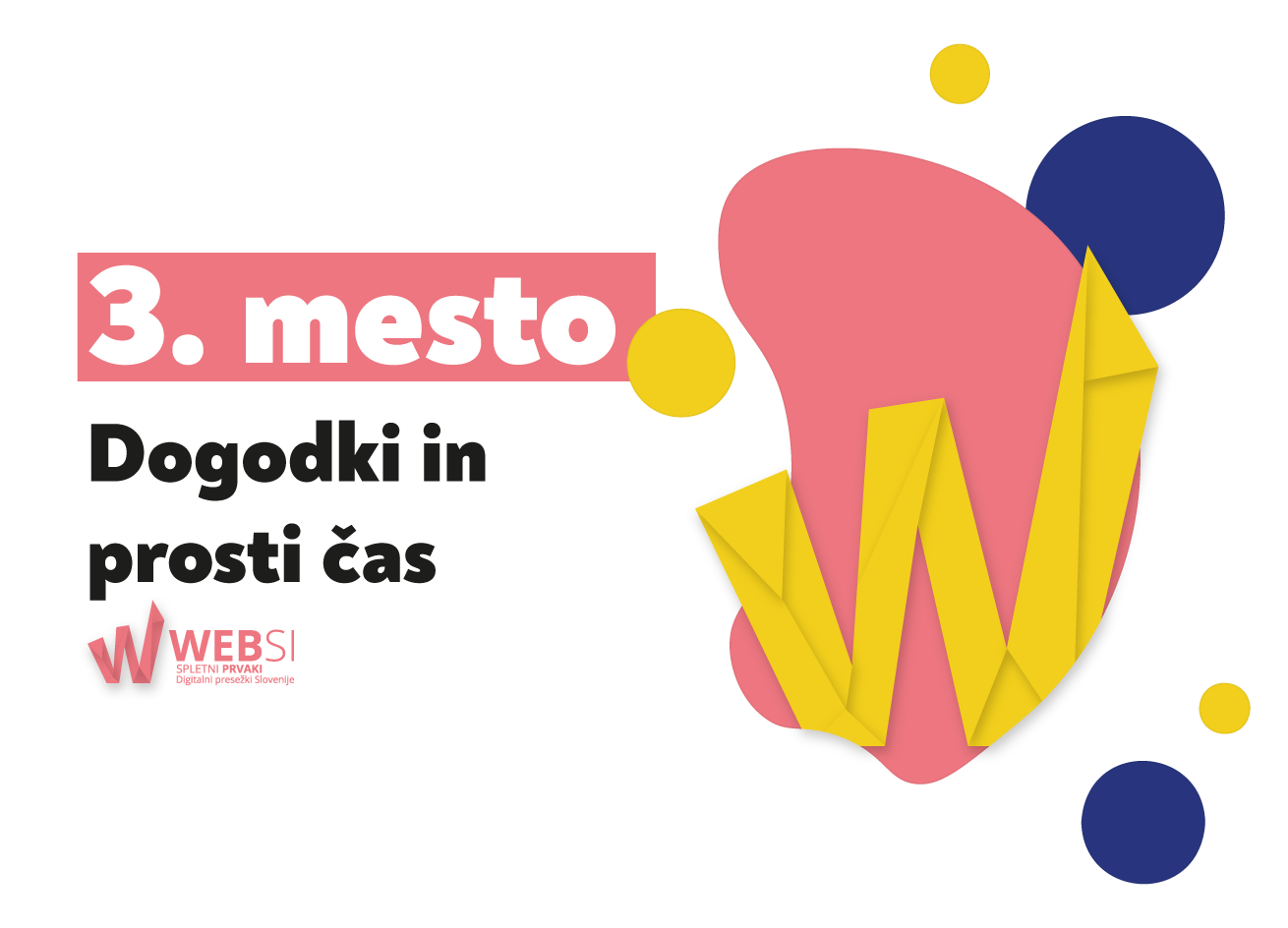news
At the end of the registration period, a total of 19,379 runners signed up for the three main distances of the NLB Ljubljana Marathon – 7,193 for the Garmin 10 km Run, 8,613 for the Generali ZAME Half Marathon, and a record-breaking 3,573 for the Heineken 0.0 Marathon.
We are especially proud that 12,608 participants are from Slovenia.

Once again, we have surpassed the record number of international runners – this year, there are 6,771 participants from abroad, representing 84 countries.
We are delighted to see a strong increase in participation across all distances. Overall, the total number of registered runners is 27% higher than in 2024.
The number of Slovenian runners (12,608) has increased by 2,433 compared to last year.
Most Slovenians are registered for the Garmin 10 km Run – 5,865 runners, making up 82% of all participants in this distance.
Another 13% of Slovenians will take on the Heineken 0.0 Marathon, while the remaining 53% are registered for the Generali ZAME Half Marathon.
This reflects an encouraging trend – Slovenians are running in greater numbers and increasingly taking on longer distances.
Our efforts in foreign markets have shown excellent results – with 6,771 international runners, we have reached a historic record.
The share of foreign participants continues to grow, both in absolute numbers and in percentage terms – 35% of all runners now come from abroad.
Foreign participants dominate the marathon distance, accounting for 55% of all marathon runners – up from 46% last year.
The top participating countries are Croatia, Serbia, Italy (now ahead of Austria), the United Kingdom, Bosnia and Herzegovina, Germany, France, North Macedonia, and Hungary.
This year, we are again pleased to welcome a large group from Iceland – an impressive 162 runners are traveling from the far north of Europe.
Notably, in addition to Slovenia, there are 12 countries with more than 100 participants, underscoring the event’s growing international reach.
The NLB Ljubljana Marathon running community is also becoming younger: the average age of participants across all distances is 38 years, and even marathon runners have dropped below the age of 40.
We are especially pleased that 33% of all runners are aged 30 or younger – a 4% increase compared to last year.
In real numbers, that means 6,425 young runners, around 2,000 more than in 2024 – a generation carrying their passion for running into the future.
In previous editions, this share was just over 25%.
This growth can be partly attributed to global changes in runner demographics, but the main driver is the European project Runners4All, led by Timing Ljubljana and co-funded by the European Union, which has inspired and educated young people from 16 European universities about recreational running.
The share of female participants also continues to rise – now at 42%, one percentage point higher than last year.
The youngest participant is 16 years old, and the oldest runner is 91 – proof that the joy of running truly knows no age limits.









